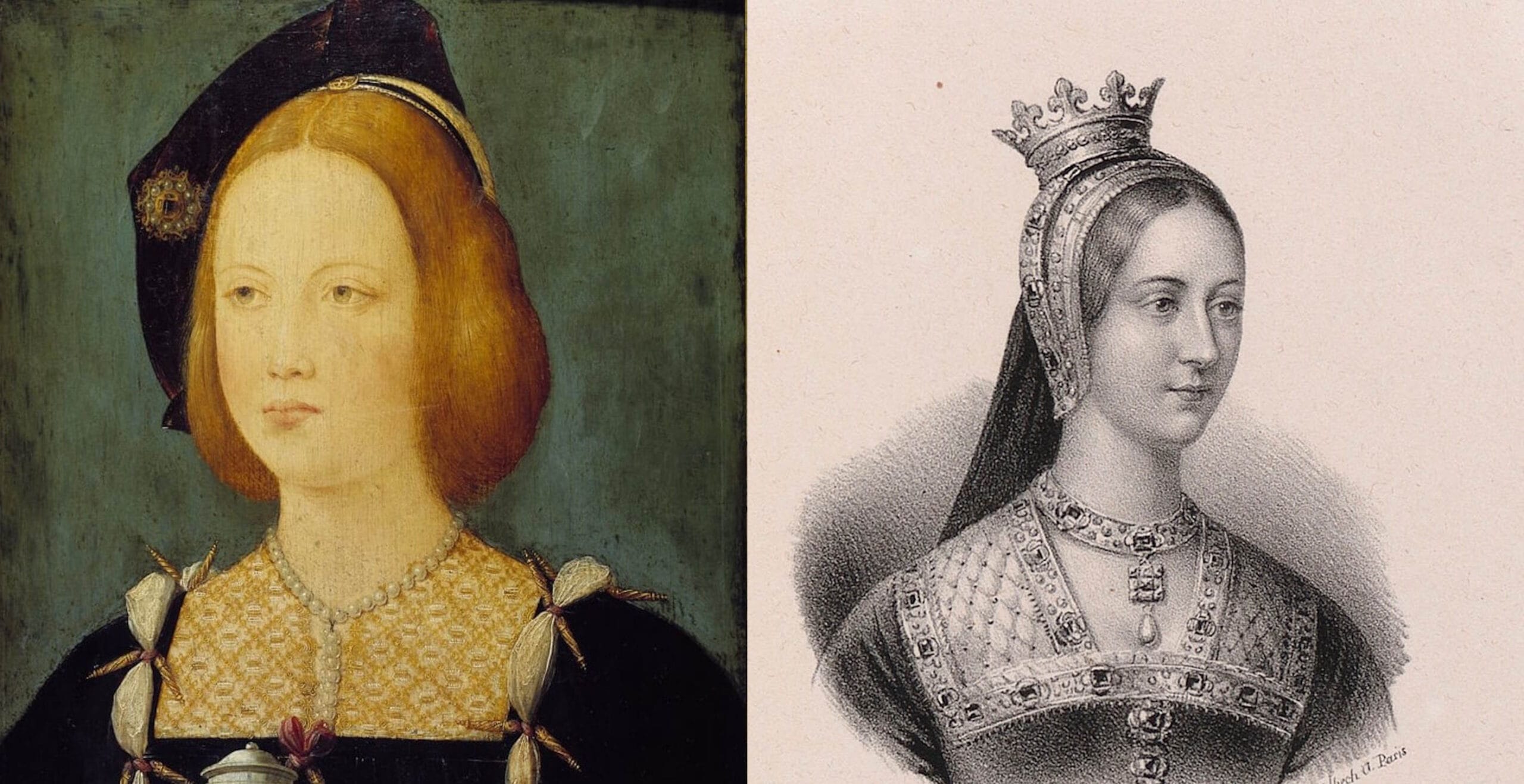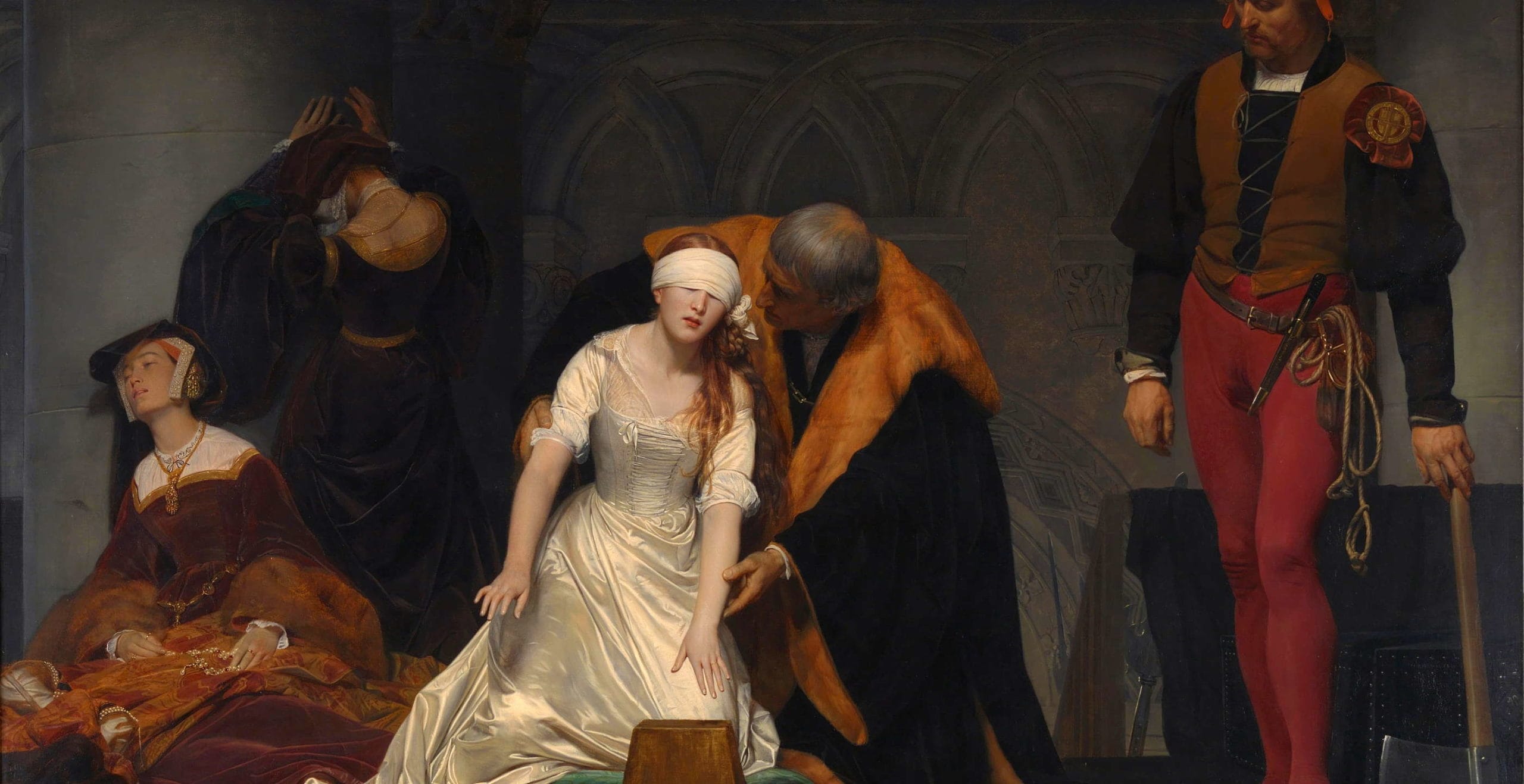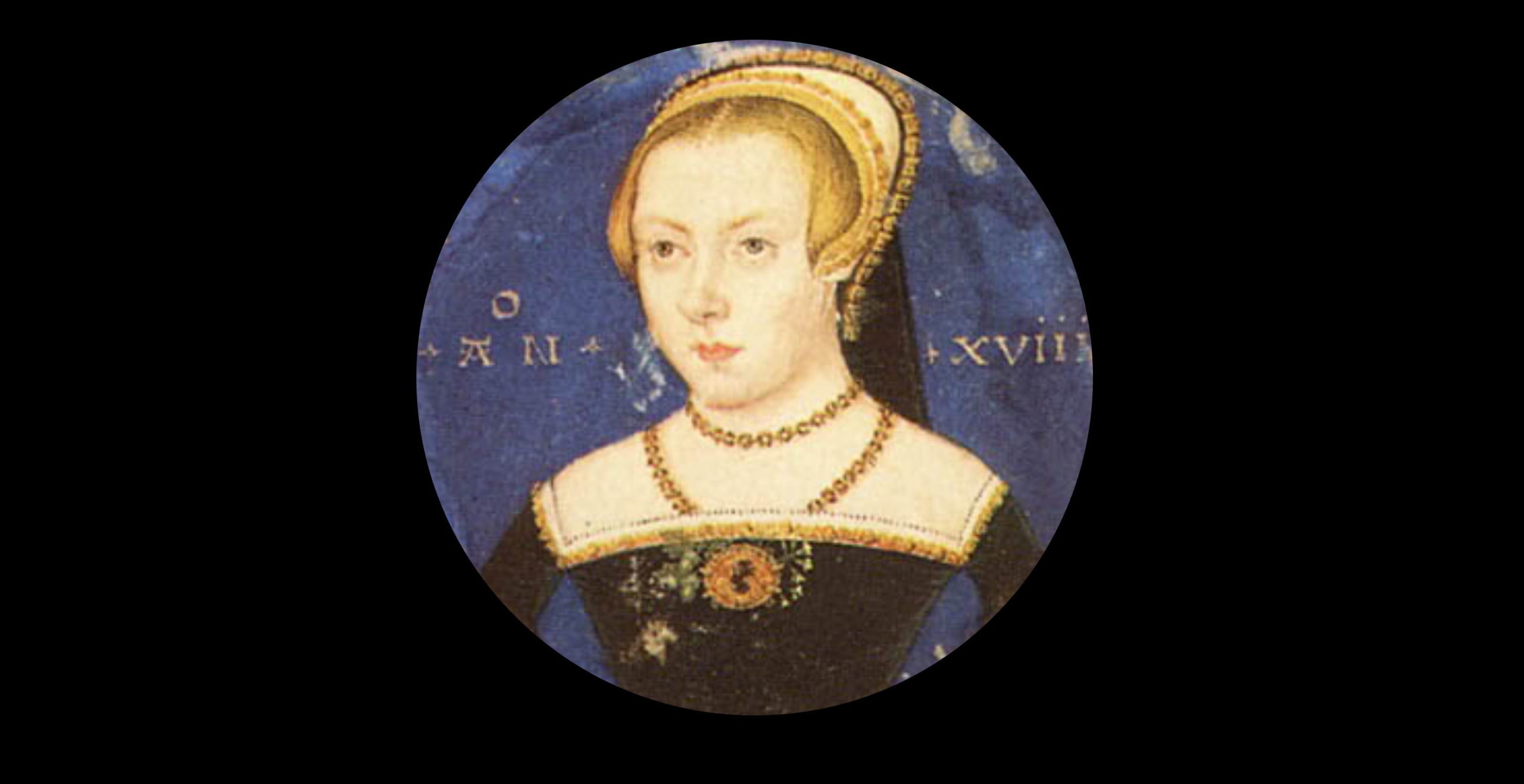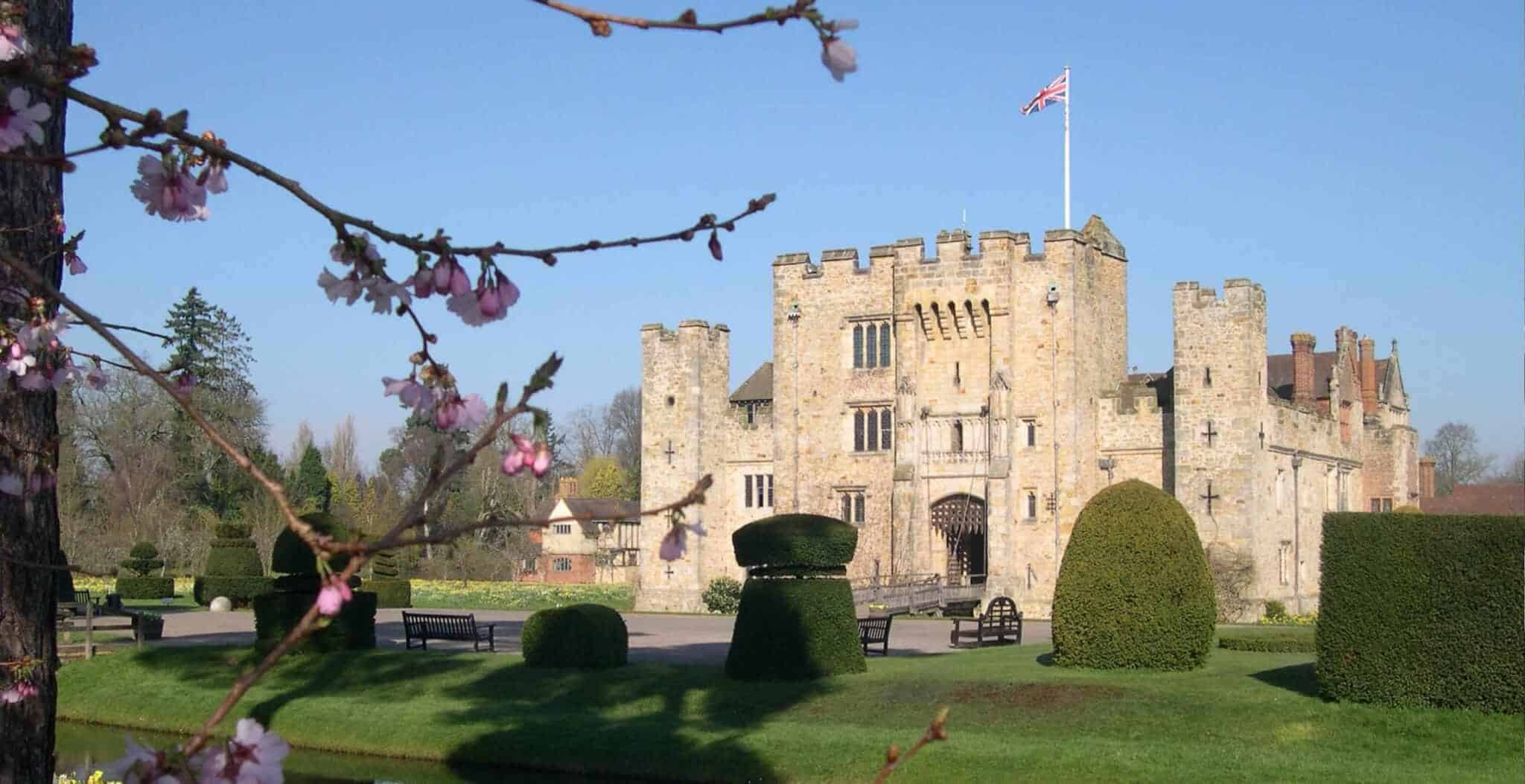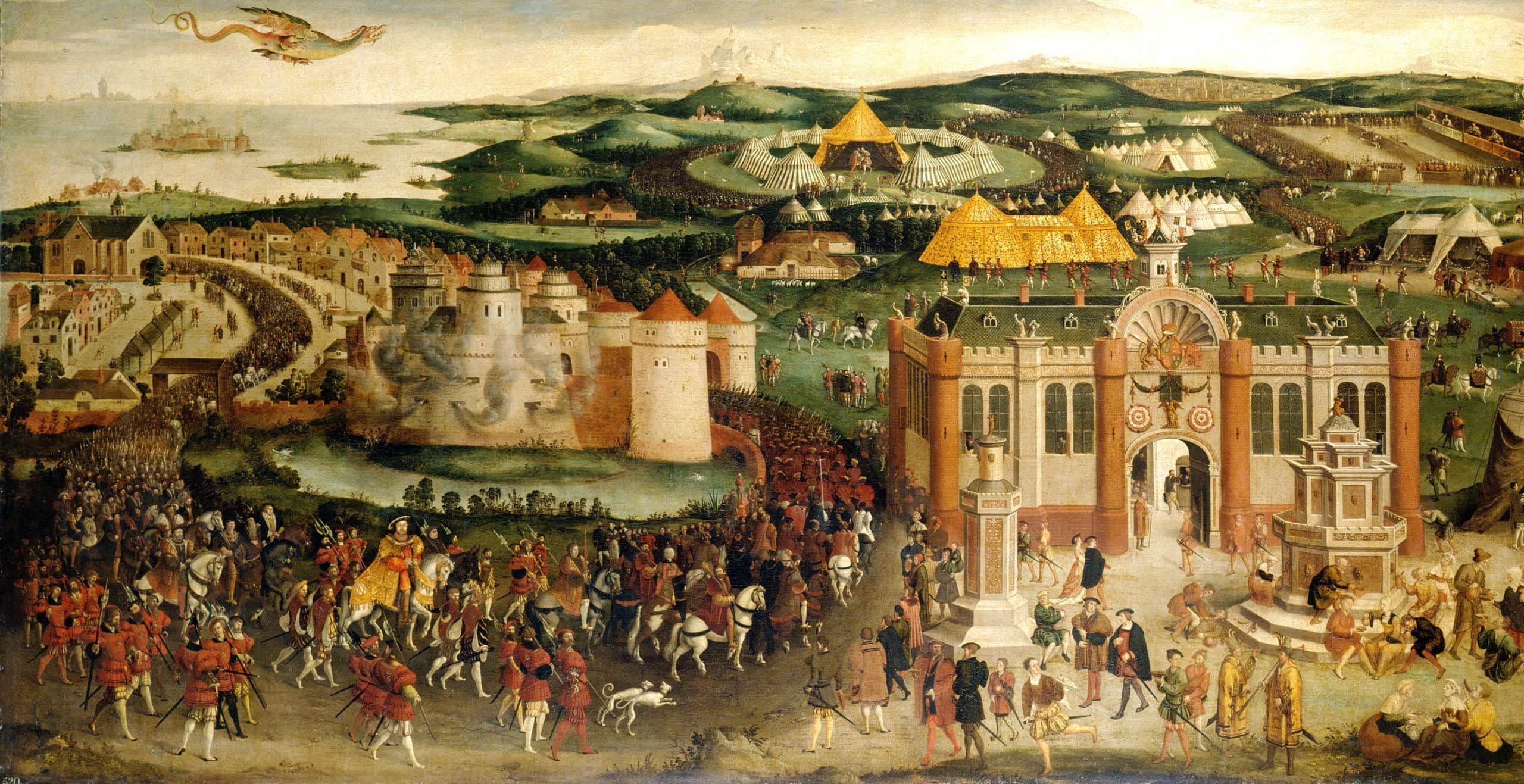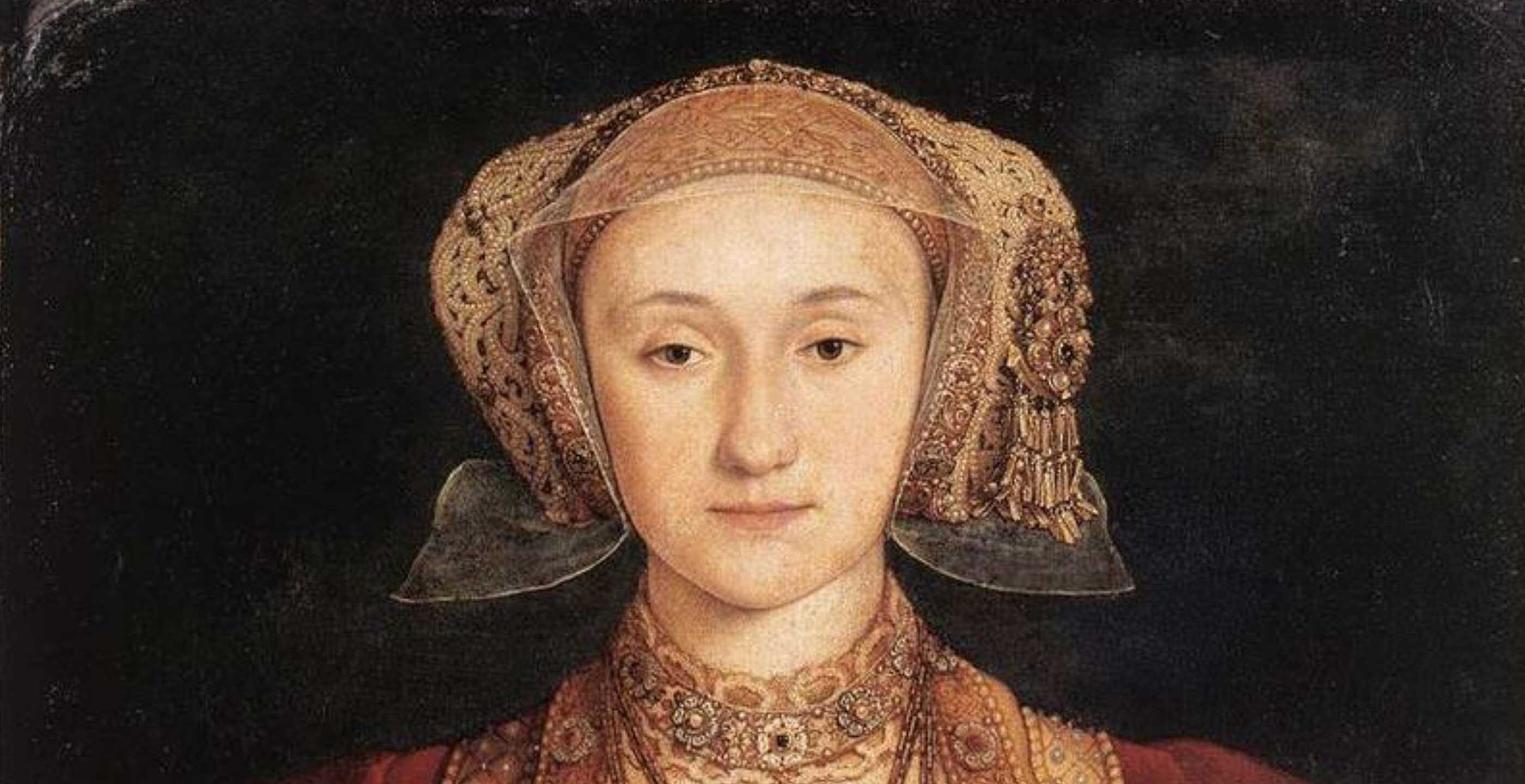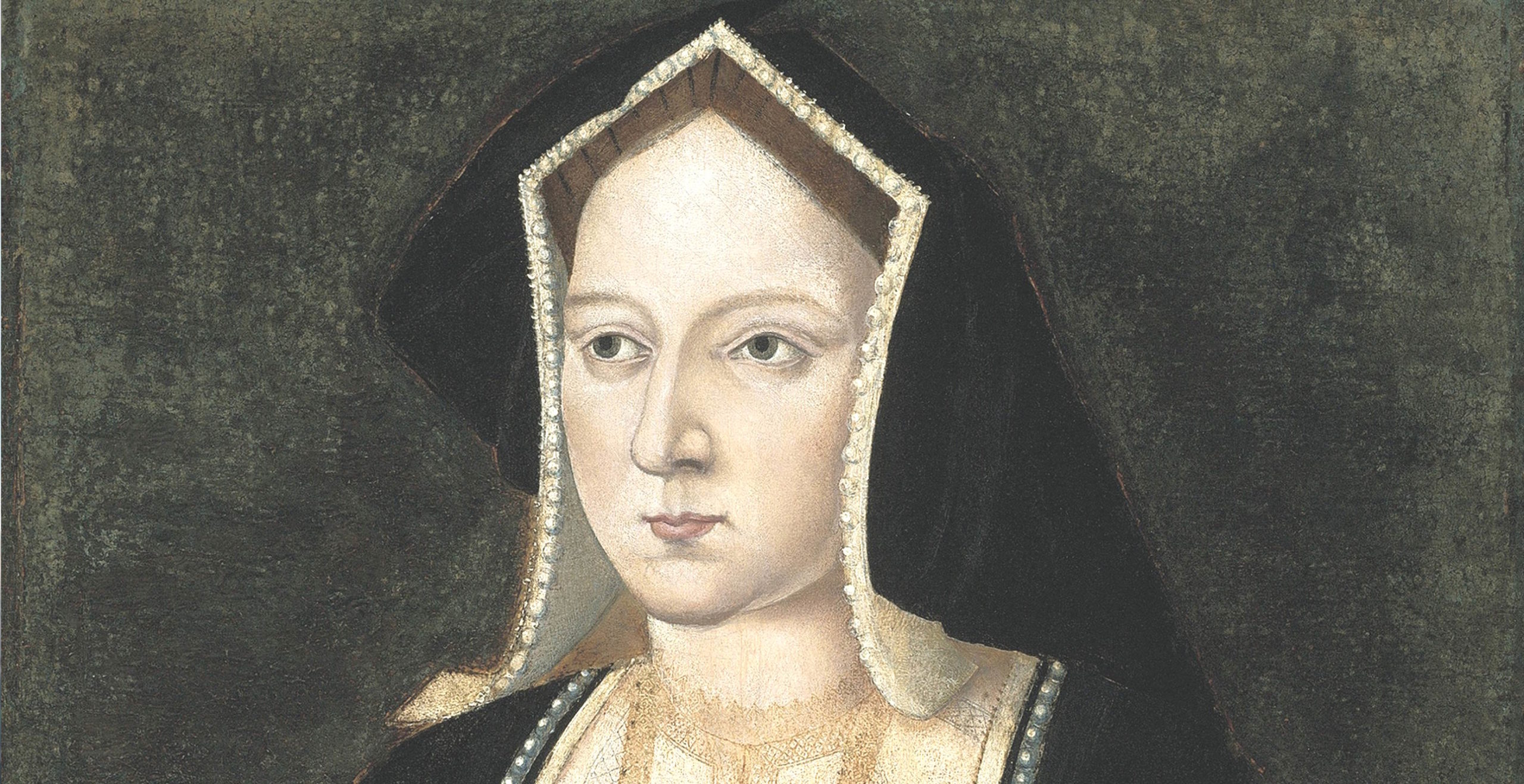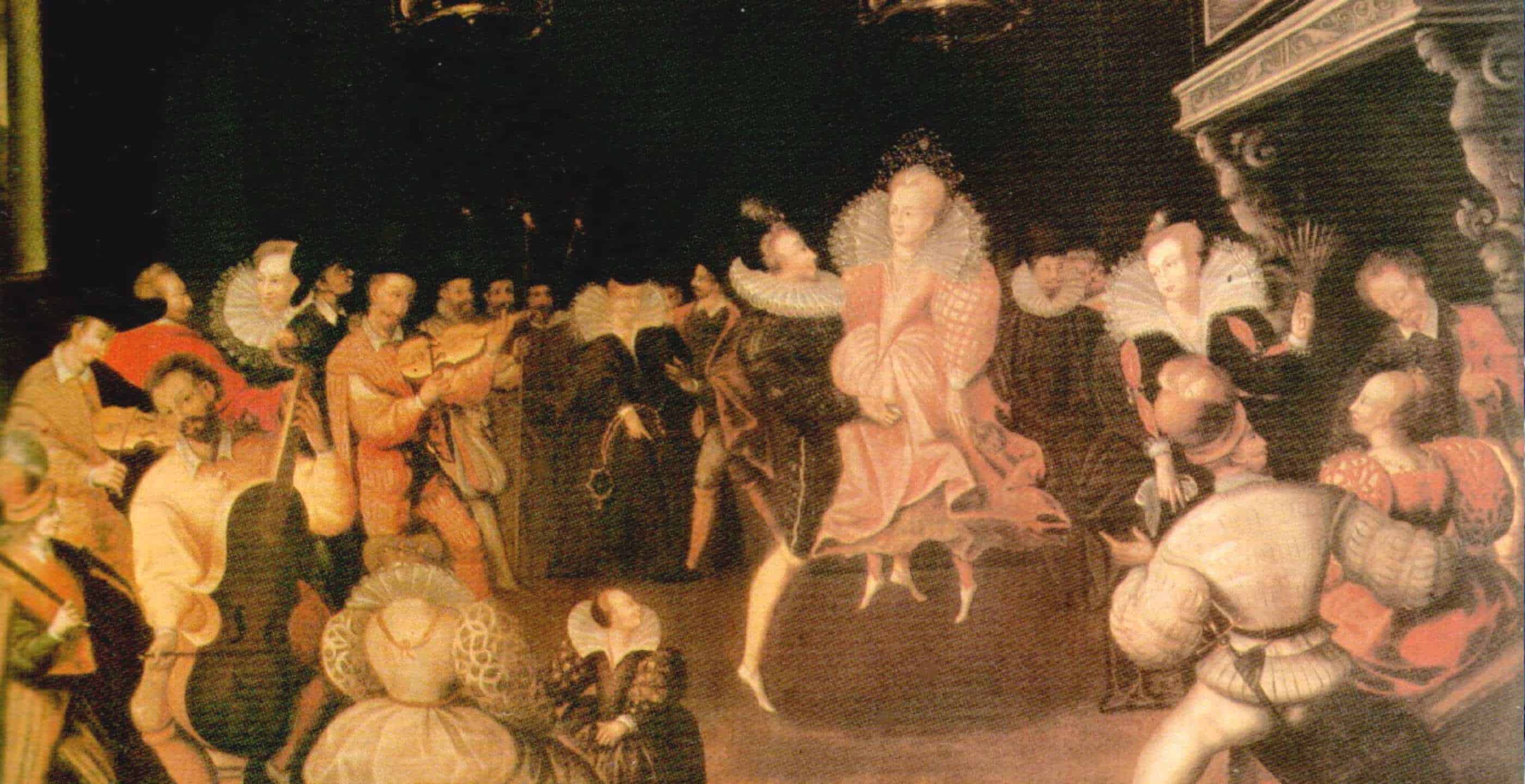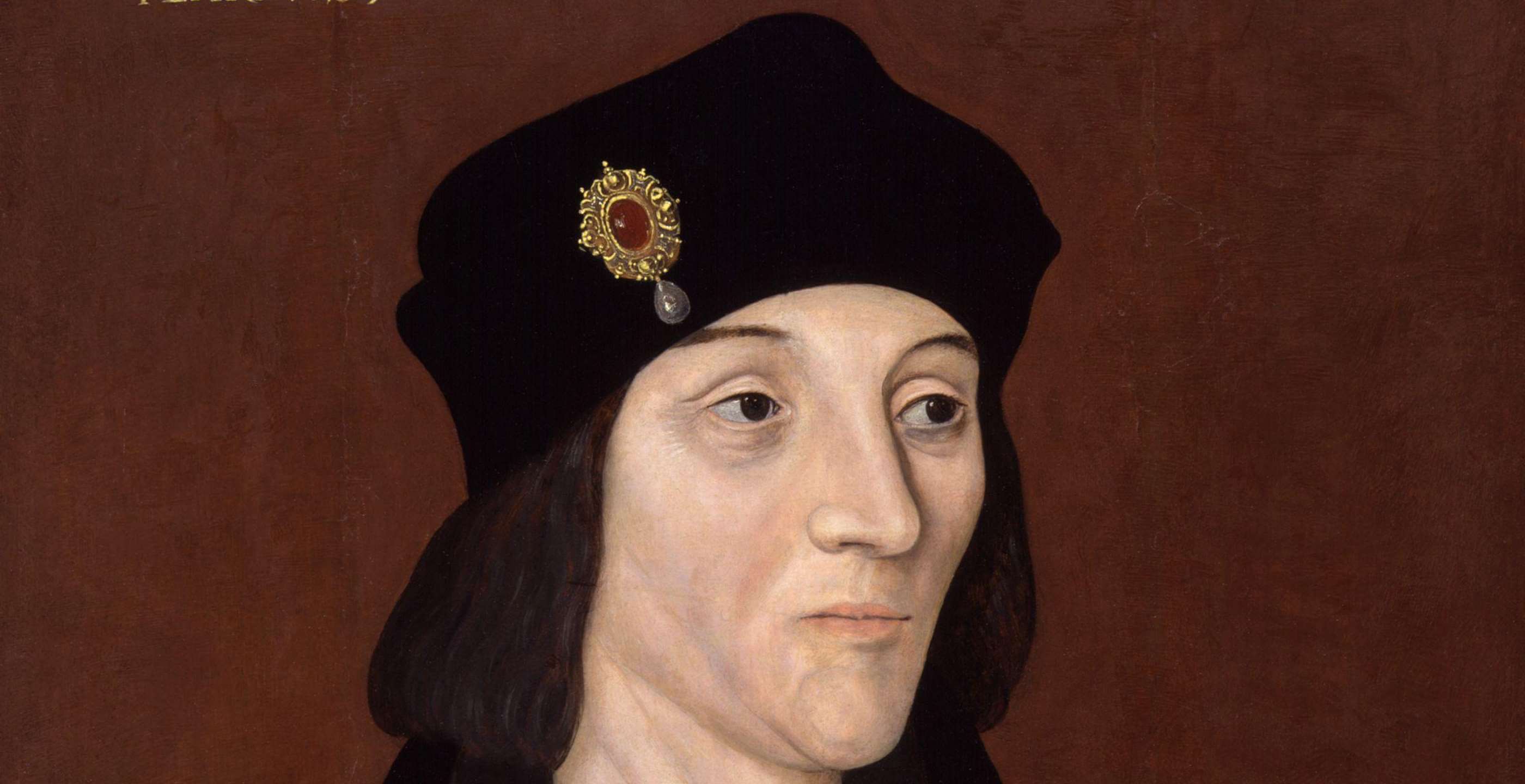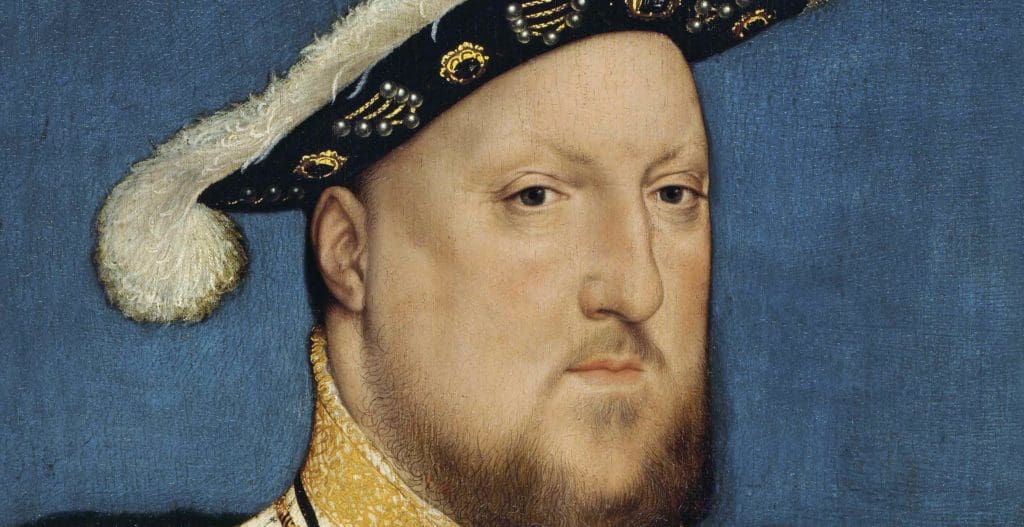Mary Tudor was sister to Henry VIII, an English princess by birth and a short-lived Queen of France, whose famous good looks made her one of the most desirable royals in Europe.
Born on 18th March 1496, Mary was the third daughter and fifth child of Henry VII and his wife, Elizabeth of York. As the youngest surviving child, Mary enjoyed all the splendours of royal palace life and when she was only six years old was given her own household along with staff.
The privileged lifestyle of a young princess meant that she given a classical education, learning both French and Latin as well as becoming skilled in embroidery and the art of dancing. She at this time grew close to her governess.
Another person whom the young Mary grew very close to, particularly after her mother’s death when she was only seven years old, was her brother Henry (the future king).
As children, the pair formed a close bond and were noted to have very spirited natures and very strong wills. This friendship continued into adulthood as Henry named his first daughter after his sister as well as naming his famous warship “the Mary Rose” after his beloved sister.
Mary’s childhood however was marred by illness, which sadly would catch up with her later in life.
In the meantime, Mary began to blossom into a very attractive young lady who enjoyed the exuberant social scene of the royal court. She was seen attending masques, parties and dances, something which she was said to have enjoyed immensely as a she was not only a young princess but a social butterfly.
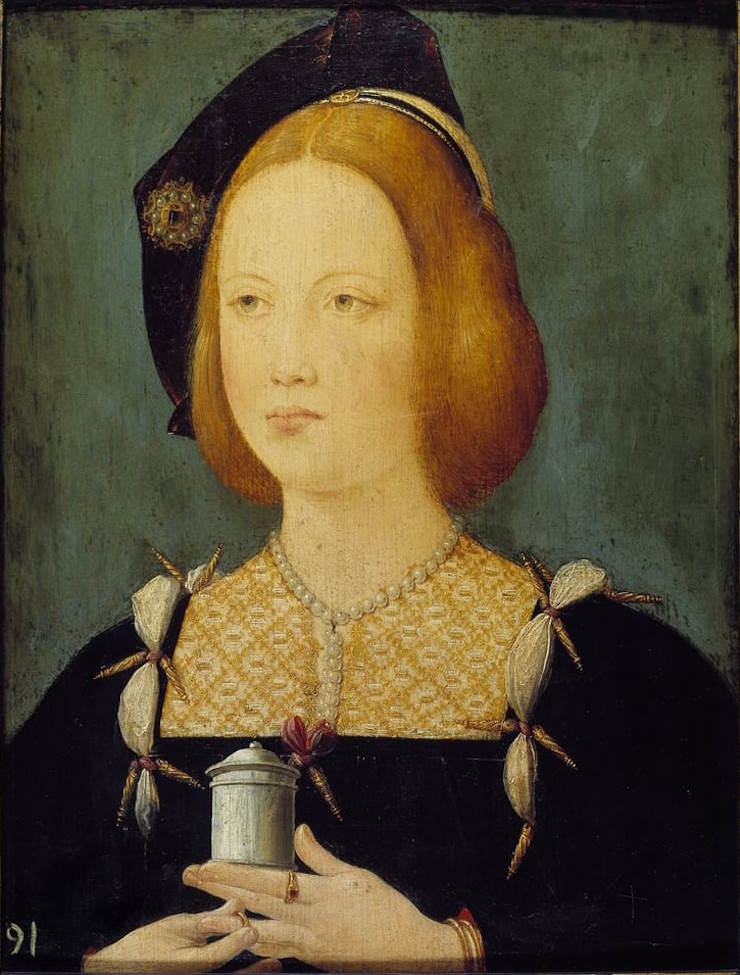
By the time she was a teenager, Mary was considered to be one of the most attractive princesses in Europe, noted for her light eyes and pale skin appealing to the beauty standards of the time.
Her good looks and outgoing nature would hold her in good stead for marriage prospects, however her father had already arranged a union with Charles of Habsburg.
Like many of the marriages amongst European royals, it was first and foremost governed by political concerns, impending alliances and economic collaborations.
Whilst Mary was described as beautiful, her future husband was known for his unfortunate features; well-known for his deformed jawline, he was the antithesis to his future young bride.
Fortunately for Mary however, the proposed union fell through and in 1514 the arrangement was called off as a result of changing political allegiances.
Whilst one treaty was discarded, another was created and once again forced Mary into another unfavourable union, this time with King Louis XII of France.
With Henry VII now dead, Mary’s prospective marriage became the concern of her big brother, King Henry VIII.
Henry, collaboratively with Cardinal Wolsey, arranged for Mary’s marriage to Louis XII as part of a peace treaty with France. With much political concern first and foremost in the minds of those who arranged the marriage, eighteen year old Mary was left facing the prospect of marrying a fifty-two year old monarch who had long been suffering from gout.
Unsurprisingly, Mary was most reluctant at the prospect of this impending marriage and made sure to secure assurances from her brother that if she relented and agreed to the union, that she would be given permission to choose her next husband. Henry subsequently committed to this condition and thus plans got underway for the English princess to marry her ageing French king.
Mary thus journeyed to France arriving on 2nd October 1514, with Louis XII described as being eager to see his beautiful young bride.
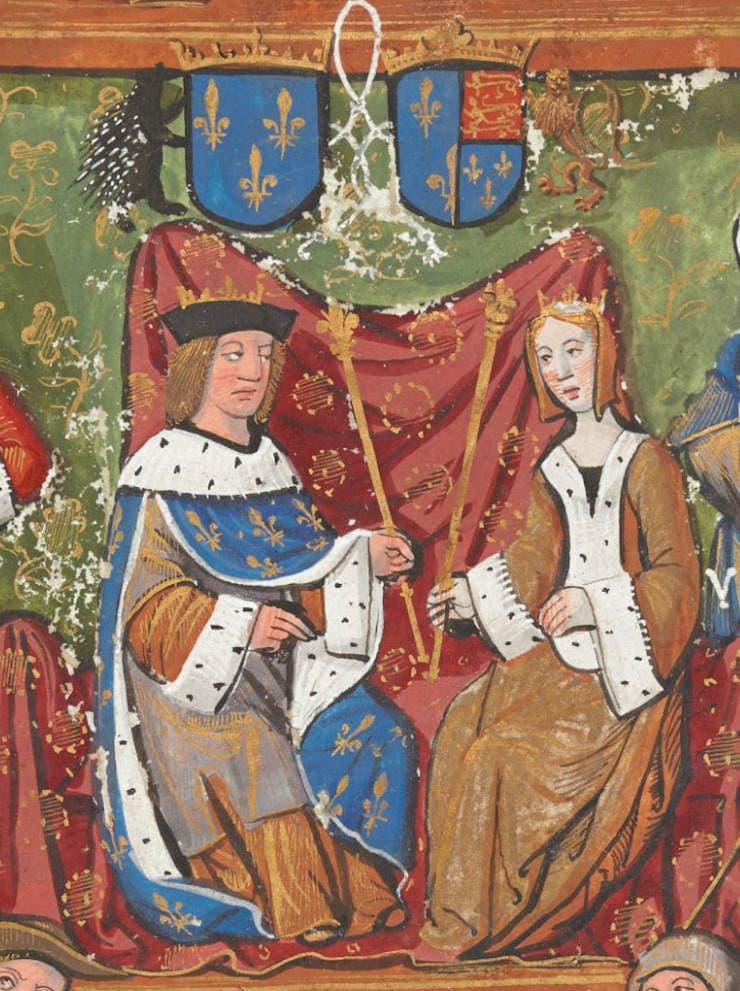
On 9th October the marriage was celebrated at Abbeville and Mary was accompanied by several maids of honour, including Anne Boleyn.
Upon her arrival, Mary made a great impression on the French court as well as on her new husband who described her as “a nymph from heaven”.
Whilst Louis was keen to produce an heir, sadly for the French monarch his marriage to Mary would prove short-lived as eighty-two days later, he died suddenly on 1st January 1515, leaving his young bride a widow and most importantly leaving France without a direct heir to the throne.
Mary meanwhile became known as “la reine blanche” (the white queen) and as was customary went into a period of seclusion for 40 days in order to determine whether or not she was pregnant.
In the meantime, Louis’s death meant a new King of France and therefore King Francis I ascended the throne and was keen to arrange another marriage for Mary, however she had other ideas.
In correspondence sent to her brother, Mary reminded Henry VIII of his promise to let her choose her next husband, imploring him to abide by her wishes and threatening if he did not, that she would join a nunnery.
Henry VIII did in fact honour his agreement with his sister and subsequently sent Charles Brandon, Duke of Suffolk to negotiate Mary’s return to England and to congratulate the new French king.
Mary was however secretly in love with the dashing Charles Brandon and was keen to scupper everyone’s plans for her to make a convenient marriage based on political alliances.
In order to thwart her plans, Brandon was forced by Henry and the Privy Council to swear that he would not propose to Mary.
Such a promise looked difficult for the duke to keep as when he met with Mary she was able to persuade him to marry her, leaving Brandon in a particularly precarious position and facing the imminent wrath of her brother, King Henry VIII.
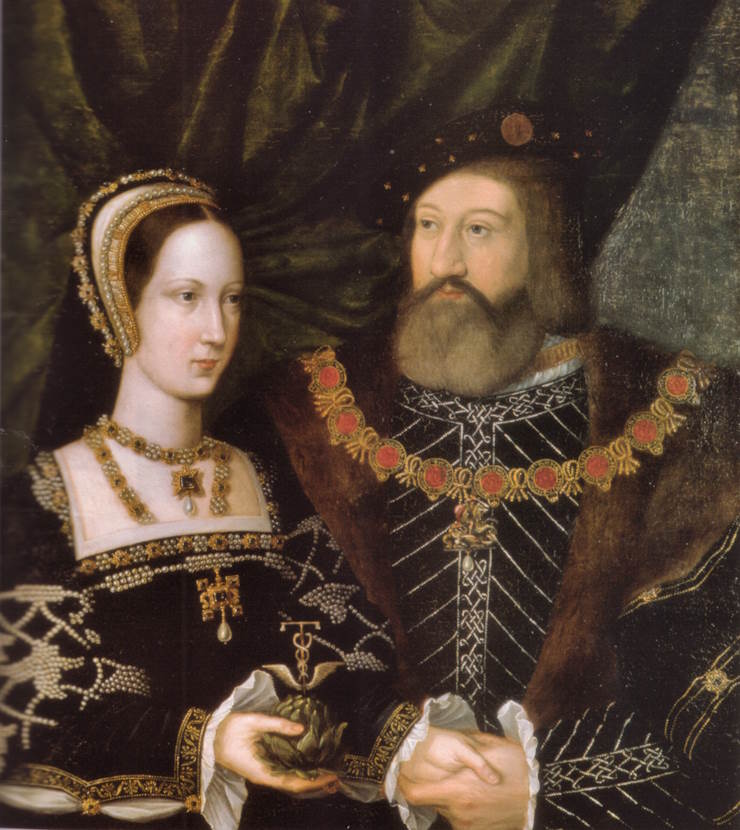
The couple then went on to marry in secret in Paris on 3rd March 1515 with only ten guests, one of whom was King Francis I. Such a union proved daring, not only as it meant that Charles’s promise to Henry was unfulfilled but also he had married a princess without the consent of the king, technically constituting an act of treason.
When news arrived in England about the forbidden marriage taking place, Henry was livid and the Privy Council subsequently advised that Charles should be imprisoned and subsequently executed.
Fortunately for Brandon, Mary was Henry’s favourite sibling and with the intervention of Cardinal Wolsey, Charles was able to escape the prospect of being beheaded and instead faced a substantial fine which included the dowry from Louis XII and the gifts given to Mary by King Louis.
With the settlement agreed, the couple were officially married on 13th May 1515 at Greenwich Palace attended by royal courtiers and of course, Henry VIII himself. Charles also secured a papal bull from the Pope legitimising the marriage, which had been viewed by many as Mary marrying below her station.
Despite the marriage making Mary the Duchess of Suffolk, she continued to be referred to in court as Queen of France.
With the union now official, Mary retired to country life in Suffolk at Westhorpe Hall where she happily brought up Charles Brandon’s daughters from his previous marriage to Anne Browne, who had died a few years earlier. The daughters grew up with the four children Charles and Mary went on to have during their marriage.
Enjoying her new life as a wife and mother, Mary was happy to leave the spotlight of the royal court.
She did however attend the famous Field of the Cloth of Gold, an opulent occasion designed to cement positive political relations between King Henry VIII and his French counterpart, Francis I.
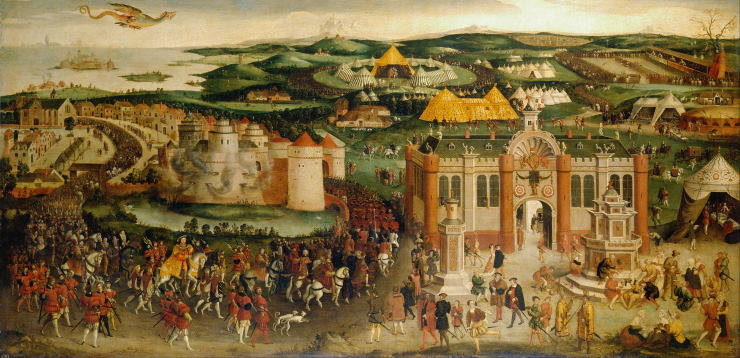
The two monarchs and their households came together on 7th June 1520 in a grand eighteen day spectacle which involved ceremonies, festivities, sporting tournaments, all set against a backdrop of decadent marquees.
Mary, like the rest of the royal court attended the extravaganza, where once again, her beauty was duly noted by those in attendance.
Others attending the event included Anne Boleyn, who had accompanied Mary to France as maid of honour during her marriage to Louis XII.
Mary however made clear her dislike of Anne Boleyn and in the coming years, this antagonism would become even more evident when Henry instigated his annulment of marriage to Catherine of Aragon with the purpose of marrying Anne Boleyn, something Mary disapproved of greatly and she made her feelings known.
The tension escalated further when in March 1532 a chief gentleman in the service of the Duke of Norfolk (Anne Boleyn’s uncle), assaulted and killed Sir William Pennington who was chief gentleman to Charles Brandon, Duke of Suffolk (Mary’s husband). The event caused much infighting within the royal court and demonstrated the rivalry between Mary and Anne Boleyn which played out between the families.
In the meantime, Mary spent much of the rest of her life focused on her children and also dealing with multiple health issues which had plagued her since she was a child.
After spending the majority of her time in the country, she would visit London for the final time in order to celebrate the marriage of her daughter, Lady Frances Brandon to Henry Grey, Marquess of Dorset. This union would lead to the birth of Lady Jane Grey, Mary’s granddaughter who infamously became known as the nine-day queen of England some years later.
Mary now returned to Suffolk and Westhorpe Hall where she would end her days after battling ill-health for a long time. On 25th June 1533, at the age of thirty-seven, Mary passed away, possibly as a complication from one of her long-term health complaints.
In response, her brother Henry VIII had requiem masses sung at Westminster Abbey and a substantial funeral procession took place with a burial at Bury St Edmunds Abbey. A French delegation also joined the funeral ceremony alongside their English counterparts.
Mary was a figure of great significance in the Tudor court. Close to her brother and unafraid to make her feelings known, she was a much sought after figure, renowned for her beauty and charisma. Born Mary Tudor, she died as Duchess of Suffolk, Princess of England and Queen Dowager of France.
Jessica Brain is a freelance writer specialising in history. Based in Kent and a lover of all things historical.
Published: 17th April 2024
